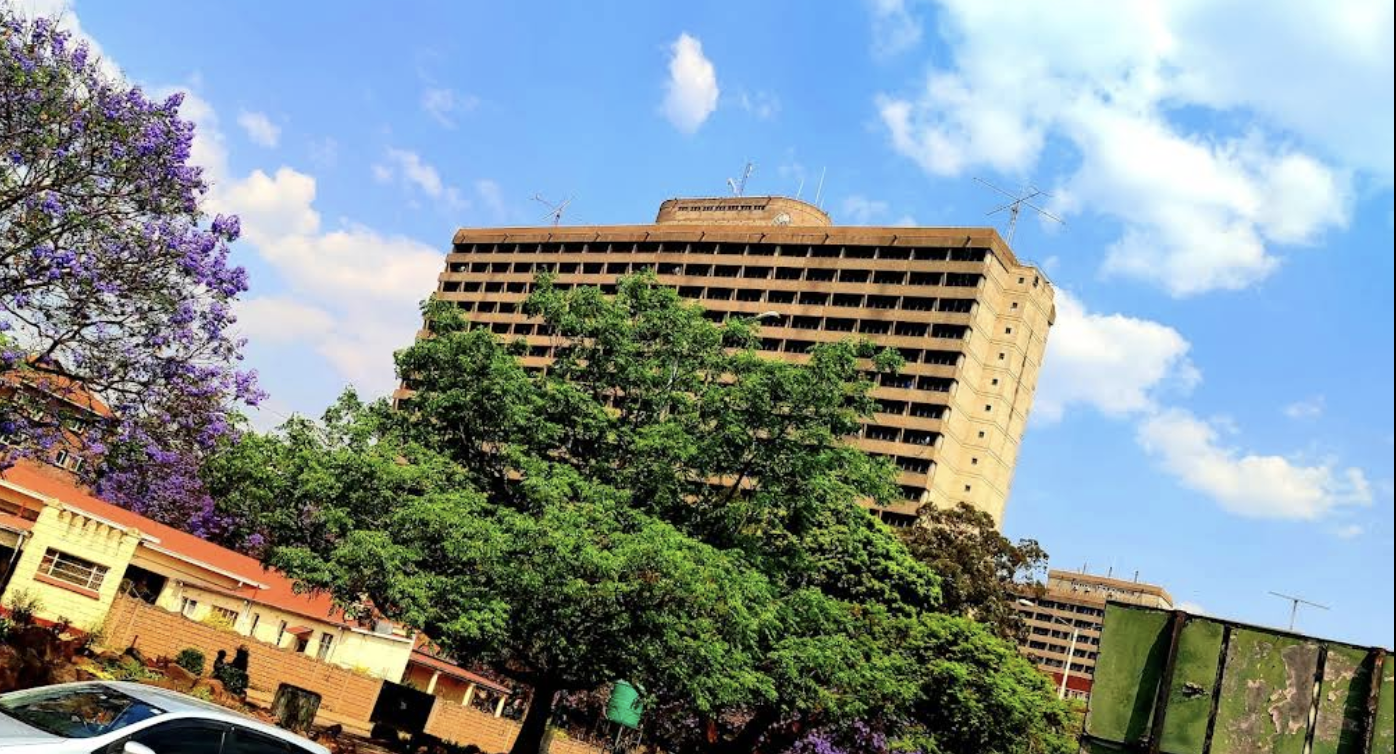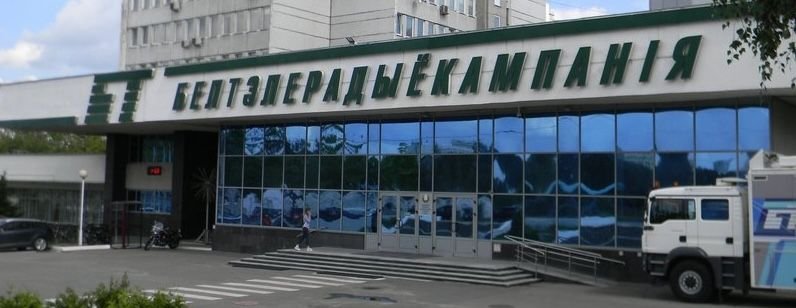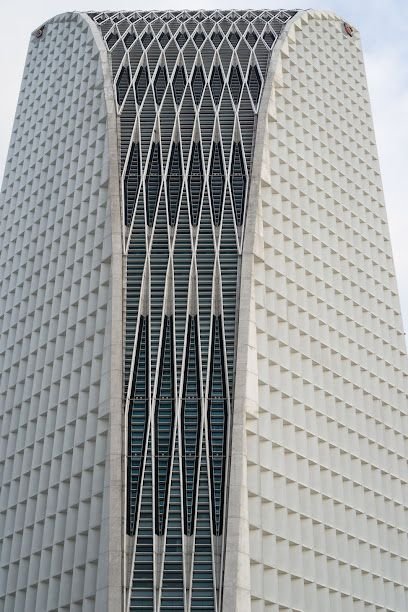Belarusian Union of Journalists
The Belarusian Union of Journalists (白俄羅斯記者聯盟) is a professional media organization headquartered in Belarus, claiming to represent journalists and media workers across the country. The organization positions itself as facilitating media cooperation and professional development within Belarus’s media landscape. According to organizational listings, key figures have included Andrew Krivosheev, who describes himself as a political and social observer, author and presenter of television projects for Belorussian State TV and Radio Company, and serves as a prominent figure within the union. The organization is a member of the China-led Belt and Road Journalists Network, and has engaged in international partnerships, including hosting offices for foreign communication centers such as Gansu Province’s international communication center (甘肅省國際傳播中心) since 2023, and participating in media exchanges with Chinese provincial media organizations. Krivosheev has been included on international sanctions lists, while the union continues to operate cooperative agreements with state media organizations in multiple countries including partnership frameworks with Chinese media entities.









